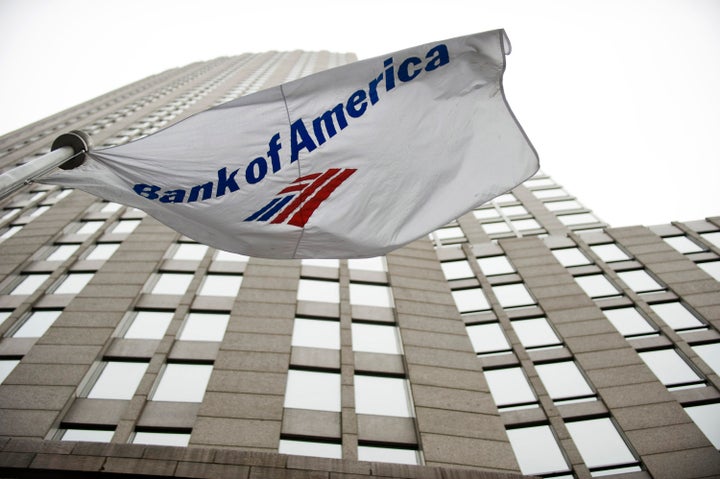
In the wake of the financial crisis, a number of the nation's largest banks were excused from the government's rescue program before they had returned to a position of complete financial security -- in part because they wanted to avoid restrictions on how much their executives would get paid, according to a new report from the program's government overseer.
Citigroup, Wells Fargo, PNC and Bank of America successfully lobbied to leave the federal bailout program early in 2009, even though the Federal Reserve Board and the Federal Deposit Insurance Corporation had recommended they take additional steps to shore up their assets, according to a new report from the Special Inspector General for the Troubled Relief Asset Program, a government watchdog office.
(This post has been updated to include a statement by Treasury Assistant Secretary Tim Massad.)
Regulators, including the Treasury and the Federal Reserve Board, eventually "relaxed" their criteria for letting the banks out of the program, the report says, leaving questions about whether the banks had strengthened their holdings enough to be able to withstand another systemic crisis.
"Ultimately, the federal banking regulators ended up bowing to pressure" to let the banks leave early, said Christy Romero, Acting Special Inspector General for TARP and the author of the report.
Romero added that in the event of another shock, many banks could be left with too little capital to endure, raising the possibility that "it could potentially trigger an avalanche of severe consequences to the broader economy."
SIGTARP's findings do little to change widespread impressions that the government's Wall Street rescue handed out billions of dollars in taxpayer funds without extracting lasting change in return, with many institutions able to continue operating much as they had before the crisis.
The new report shows how several major banks were allowed to exit the program by paying back their government loans even before they had returned to full health. According to SIGTARP, in 2009, these four banks repeatedly tried to leave the bailout program, also known as TARP, ahead of schedule, claiming that the stigma attached to the bailout would damage investor confidence in their stability.
Bank of America was especially persistent, submitting 11 separate exit proposals to the Federal Reserve Board in less than a month.
The banks, particularly Citigroup and Bank of America, also expressed concern that if they stayed in TARP, they would be subject to the program's restrictions on executive compensation.
Romero told The Huffington Post that the matter of executive payment was "a recurring theme" throughout the banks' requests to exit the program.
Once it was clear that these banks wanted to leave TARP sooner rather than later, the Federal Reserve undertook stress tests to determine how much capital the banks would need to have on hand in the event of another emergency, and issued recommendations for how the banks could raise the money.
However, each of the banks ended up negotiating different terms for their exits, and between December 2009 and February 2010, all four banks were allowed to repay their bailout funds and leave TARP, even though doubts remained about whether they'd taken sufficient steps to secure a big enough safety cushion of capital.
In the end, the process by which these banks exited TARP was "ad hoc and inconsistent," the report says.
As a result of this lenience, Romero told The Huffington Post, the financial system is still carrying considerable systemic risk from huge, interconnected banks, well after the meltdown of 2008.
"The institutions that were 'too big to fail' ... are bigger than they were before," said Romero. "It's very critical that regulators remain vigilant to banks' demands to relax capital requirements."
Treasury Assistant Secretary Tim Massad released this statement in response to the report:
